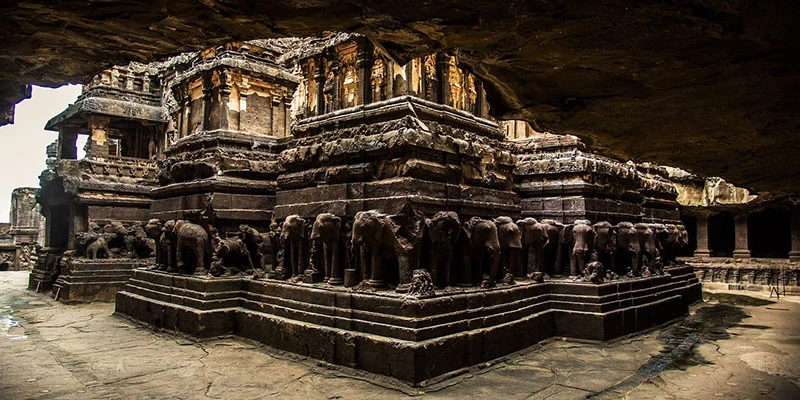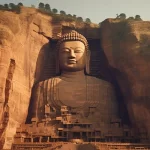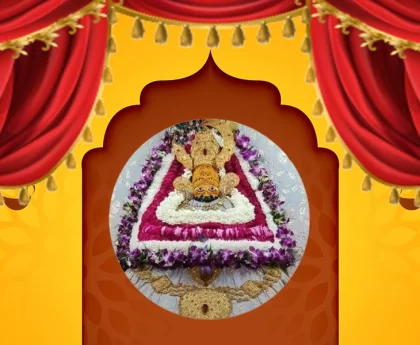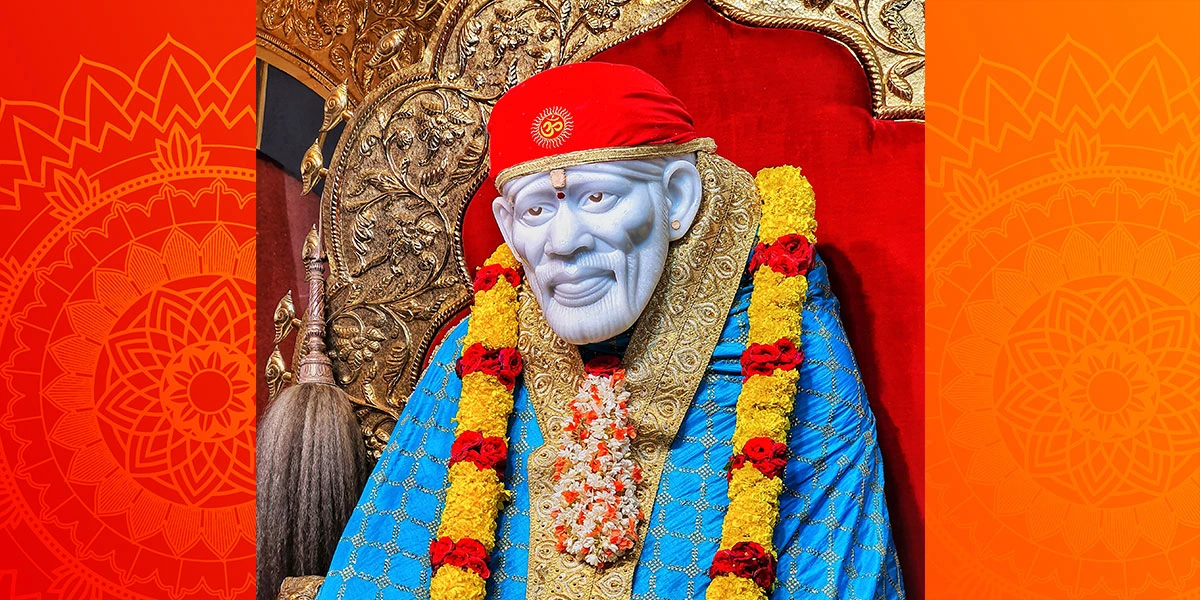The Ajanta Caves are indeed a remarkable historical and cultural site located in Maharashtra, India. These caves are renowned for their ancient Buddhist rock-cut architecture and exquisite murals that depict various Jataka tales and scenes from the life of the Buddha. They date back to the 2nd century BCE to the 5th century CE and are considered one of the finest examples of ancient Indian art and architecture.
The caves were abandoned around the 7th century and remained hidden for centuries until they were rediscovered by a British officer named John Smith in 1819. Since then, they have attracted visitors and scholars from all over the world, offering insights into the rich artistic and religious heritage of ancient India.
The Ajanta Caves are designated as a UNESCO World Heritage Site and are a significant pilgrimage site for Buddhists. They consist of 30 rock-cut caves, including prayer halls, monasteries, and chaitya halls (shrines), all carved into the cliffside of the Waghora River valley. These caves showcase a blend of architectural styles spanning several centuries and offer a fascinating glimpse into the life and times of ancient India.
Location
The Ajanta Caves are situated in the state of Maharashtra, India. More specifically, they are located in the Aurangabad district of Maharashtra, approximately 100 kilometers (62 miles) from the city of Aurangabad. The caves are nestled in a horseshoe-shaped gorge along the Waghora River, within the Sahyadri mountain range. This picturesque location adds to the allure of the site, providing a serene and scenic setting for these ancient marvels of architecture and art.
History of the Ajanta Caves is rich and fascinating, spanning several centuries of cultural and artistic evolution in ancient India.
- Early Development: The Ajanta Caves were initially excavated during the Satavahana dynasty, which ruled the region from around the 2nd century BCE to the 2nd century CE. The earliest caves are believed to have been constructed around this time, primarily for use as monastic retreats and worship halls by Buddhist monks.
- Golden Age: The most significant phase of construction at Ajanta occurred during the Gupta period, roughly from the 4th to 6th centuries CE, considered the “Golden Age” of Indian art and culture. Many of the finest caves and most exquisite murals were created during this period. The caves flourished as a center of Buddhist learning, meditation, and artistic expression.
- Abandonment and Rediscovery: By the 7th century CE, the Ajanta Caves were gradually abandoned, possibly due to a combination of factors such as economic decline, political upheaval, and a shift in patronage away from Buddhism. Over time, the caves were gradually forgotten and became engulfed by the surrounding jungle. They remained hidden from the outside world until their rediscovery in 1819 by a British officer named John Smith.
- Rediscovery and Preservation: John Smith stumbled upon the caves while hunting tigers in the region. His reports sparked wider interest, leading to subsequent explorations and the documentation of the caves’ significance. In the following decades, efforts were made to clear vegetation, preserve the structures, and study the remarkable art within the caves. The site was declared a UNESCO World Heritage Site in 1983, further enhancing its recognition and protection.
- Legacy and UNESCO World Heritage Site: Today, the Ajanta Caves stand as a testament to the artistic and architectural achievements of ancient India. They attract visitors from all over the world, offering insights into Buddhist philosophy, history, and artistic traditions. The caves have been meticulously preserved and continue to inspire awe and admiration for their beauty, complexity, and historical significance.
Some interesting facts about the Ajanta Caves in Maharashtra:
- Ancient Origins: The Ajanta Caves are believed to have been constructed over a period of several centuries, from the 2nd century BCE to the 6th century CE.
- Rock-Cut Architecture: The caves are carved into the volcanic rock of the Sahyadri mountain range, with exquisite precision and craftsmanship. They comprise prayer halls, monasteries, and chaitya halls, reflecting the architectural ingenuity of ancient India.
- Buddhist Art: The Ajanta Caves are renowned for their remarkable murals and sculptures, which depict scenes from the life of the Buddha, as well as various Jataka tales and other Buddhist themes. These artworks provide invaluable insights into ancient Indian art, culture, and religious beliefs.
- Cultural Exchange: The art found in the Ajanta Caves reflects a blend of indigenous Indian styles with influences from Central Asia and other regions. This attests to the cosmopolitan nature of ancient Indian society and its connections with neighboring cultures.
- Rediscovery: The caves were rediscovered in 1819 by a British officer named John Smith, who stumbled upon them while hunting in the region. Their rediscovery sparked widespread interest and led to further exploration and documentation of the site.
- UNESCO World Heritage Site: The Ajanta Caves were designated as a UNESCO World Heritage Site in 1983, recognizing their outstanding universal value and significance to humanity. They are considered one of the finest examples of ancient rock-cut architecture and Buddhist art in the world.
- Monastic Retreats: The caves served as monastic retreats for Buddhist monks, providing them with a tranquil environment for meditation, study, and worship. The layout and design of the caves reflect the ascetic lifestyle and spiritual practices of the monks who once inhabited them.
- Technological Marvel: The construction of the Ajanta Caves involved sophisticated engineering techniques, including the use of chisels, hammers, and other tools to carve the rock surfaces. The precision and scale of the excavation work are testament to the advanced craftsmanship of ancient Indian artisans.
- Seasonal Accessibility: Due to their location in a horseshoe-shaped gorge, the Ajanta Caves were likely only accessible during certain seasons of the year, as the Waghora River would flood during the monsoon season. This may have influenced the timing of construction and usage of the caves.
- Cultural Preservation: Efforts have been made to preserve and protect the Ajanta Caves, including measures to prevent deterioration of the rock surfaces and conservation of the delicate murals. Visitors are encouraged to respect these historical treasures and contribute to their ongoing conservation efforts.





